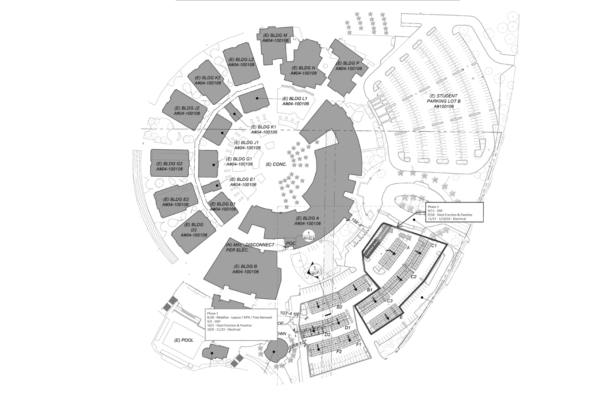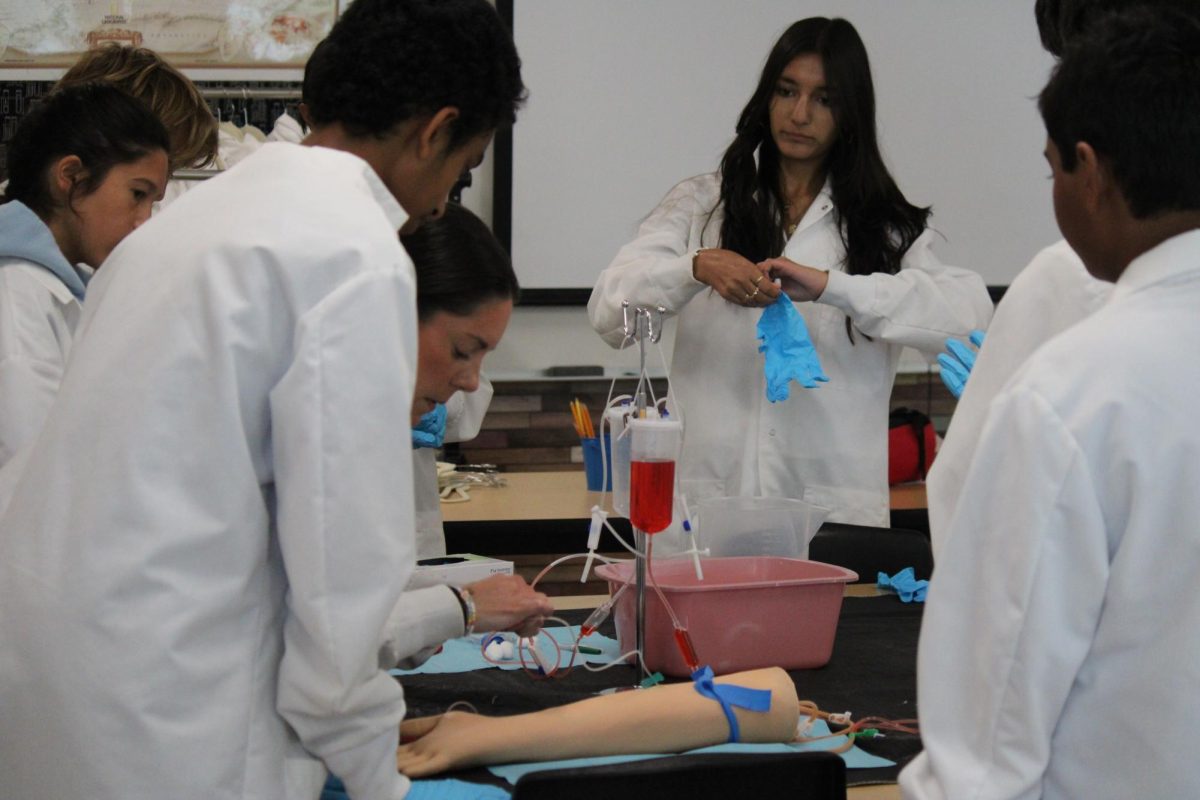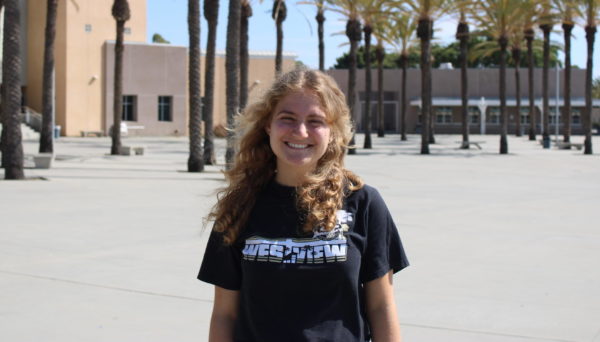
Poway Unified School District’s (PUSD) resources are being spread thin to cover the upkeep of many campuses due to a lack of funding for facilities. To replace every single maintenance need in PUSD today would cost $1.4 billion.
“Under the current funding model, the state provides no dedicated funds to school districts for modernization or large-scale repair, renovation, or maintenance of our schools,” said PUSD Superintendent Dr. Marian Kim-Phelps at the 2022 State of the District address.
In March 2020, area voters rejected a $448 million “Measure P” bond for PUSD that would have been budgeted for facilities.
“Not passing that bond was a hard hit for us,” said PUSD director of capital planning Rheia Alschbach. “[Measure P] would have put a good dent in some of the facilities and needs across the district.”
The district’s financial need is exacerbated by a current trend of declining enrollment. According to Assistant Principal Craig Bowden, since there are fewer students enrolled at Westview than in years prior, less money is available to support its needs due to the funding model for public schools in California.
“The dollar follows the student,” Bowden said. “We’re seeing high costs [as a result].”
What’s more, national inflation is raising the cost of construction. California’s State Allocation Board saw an increase of 9.3% from 2022 to 2023 in the cost of construction across the industry. This follows a 15.8% increase from 2021 to 2022 and a 1.42% in-crease from 2020 to 2021.
“[Inflation] affects raw materials, but also electronics for classrooms, projectors, equipment, and labor prices,” PUSD construction manager Sean Jewett said. “It hits across the board.”
For large construction and facilities maintenance projects, the district hires contractors from outside companies. Employment in the construction industry has been shrinking, further exacerbating the costs for PUSD.
“Sometimes construction teams are harder to find [now] when we go out for bids,” Alschbach said. “If we put a project out and hope for 10 bidders to show up, and we get two, it’s going to cause a higher cost for us.”
Some of Westview’s buildings have an acute need for new heating, ventilation, and air condition-ing (HVAC) units. According to Alschbach, the current units at these three locations (buildings A, M & N) are at the end of their life cycle and new ones are on track to be shipped in Spring 2024 and installed in time for the 2024-2025 school year. Pandemic-related supply chain issues delayed the installation, which was originally planned for the 2023-24 school year.
Additionally, the resurfacing of the gym floor that was planned for 2023 has been postponed to 2024 due to a district-wide change that dictates floors be renovated every two years instead of annually. This change was made to stay within budget constraints.
Brand-new construction projects are also seeing expansion limits due to limits in resource availability. Westview’s new CTE building, which is planned for construction from March 2024 to March 2025, could not expand beyond the initial planned design to serve other campus departments due to exhaustion of alternative funding sources PUSD leaned on in the past, which can be attributed to inflation.
Progress is underway on new solar panel overhangs in the student and staff parking lots at Westview, along with 13 other PUSD schools. Although this project will generate renewable electricity, it comes with the downside of causing partial parking lot closures from Aug. 28 to Nov. 27. The closures will alternate between the two halves of the student/staff lot near the gym.
“[Construction’s] first step was completing the foundations for the solar structures,” Jewett said. “This includes demolishing the asphalt parking lot areas where the columns will be installed, then excavating holes large enough for the column footings. They [will] set the rebar cage, the structure column, and then pour concrete. For this project, the shade structure column is the steel erection stage of the project. They need to allow time for the concrete to cure, then they [will] move forward with the panelization stage, which is basically bolting the steel the solar panels attach to to the columns, then installing the panels. The electrical work is all the wiring for the solar structure systems.”
Bowden said that this project has been designed to accommodate the number of spaces needed for student and staff parking.
“Last year we looked at the number of vacant spaces that were avail-able during the day and that helped us identify how much space the solar panel project could consume at any given point,” he said. “But those parking lots are in great demand. What further complicates this is that often on Friday nights, we’ll have a football game in the stadium and that becomes a popular gathering for our school community.”
Finding parking with partial lot closures can be a challenge for students and staff who rely on them.
One positive outcome expected from the solar panel project is financial savings for the district due to the low-cost energy it will provide, which is especially helpful considering the budget shortages affecting PUSD’s facilities.
“The district has no upfront cost associated with the installation of the solar panels [because] it has a Power Purchase Agreement with Forefront Power, who own the panels and cover the cost of construction,” Alschbach said. “We purchase generated energy from them at a negotiated rate that is less than SDG&E. At the June 16, 2022, Board of Education meeting, when the agreement with Forefront Power was approved, the estimated year one savings (at the 14 locations) was over $700,000 and close to $36 million over the 20-year contract. At that time Westview was presented to have a year one savings of $80,000 and $4.9 million over the 20-year contract. We will understand the savings better after all the panels are installed and generating energy.”





![Jolie Baylon (12), Stella Phelan (12), Danica Reed (11), and Julianne Diaz (11) [left to right] stunt with clinic participants at halftime, Sept. 5. Sixty elementary- and middle-schoolers performed.](https://wvnexus.org/wp-content/uploads/2025/09/IMG_1948-800x1200.png)
